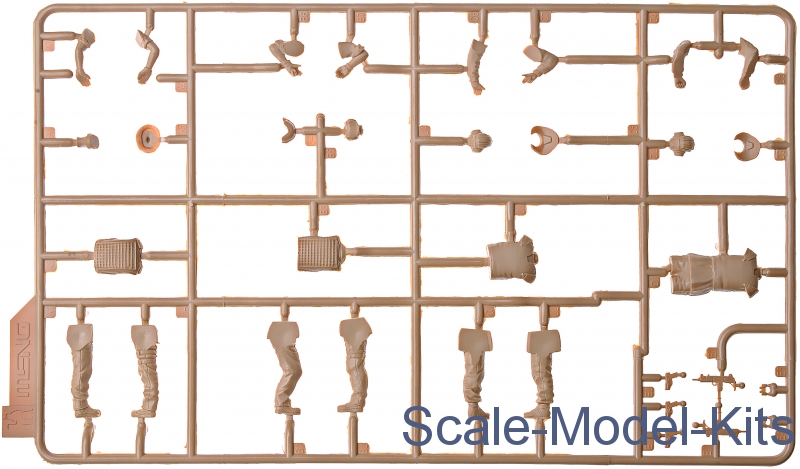

During the invasion of Russia in 1942, the Germans encountered the famous and technologically advanced Soviet T-34 tanks. The IV became the backbone of Germany's panzer force and the power behind the blitzkrieg. The German Army first used light Panzer I tanks, along with the Panzer II, but the mainstays were the medium Panzer IIIs and IVs which were released in 1937. He ignored the restrictions imposed by the Treaty of Versailles (1919) and began rearming, approving the development of many German tank designs he was shown. Although he initially headed a coalition government, he quickly eliminated his government partners. On 30 January 1933, Adolf Hitler was appointed Chancellor of Germany. German demonstration against the Treaty of Versailles in front of the Reichstag building Despite suffering from many obvious flaws, the German general staff was aware that they did not have time to produce an improved design, and at the end of 1917 ordered 100, but only one third were ever produced, so they did not have a great effect before the war ended.

The German response to the initial successes of the British tanks forces on the Western Front in 1916 was the A7V tank and like several other tanks of the period, it was based on the American Holt Tractor, which provided the tracks. The Germans, on the other hand, were slower to develop tanks, concentrating on anti-tank weapons. While the British took the lead in tank development, the French were not far behind and fielded their first tanks in 1917. The development of tanks in World War I began as a solution to the stalemate which trench warfare had brought to the western front.

5.7 Modern Day Self Propelled Artillery.5.4 Self Propelled Artillery used in WWII.


 0 kommentar(er)
0 kommentar(er)
